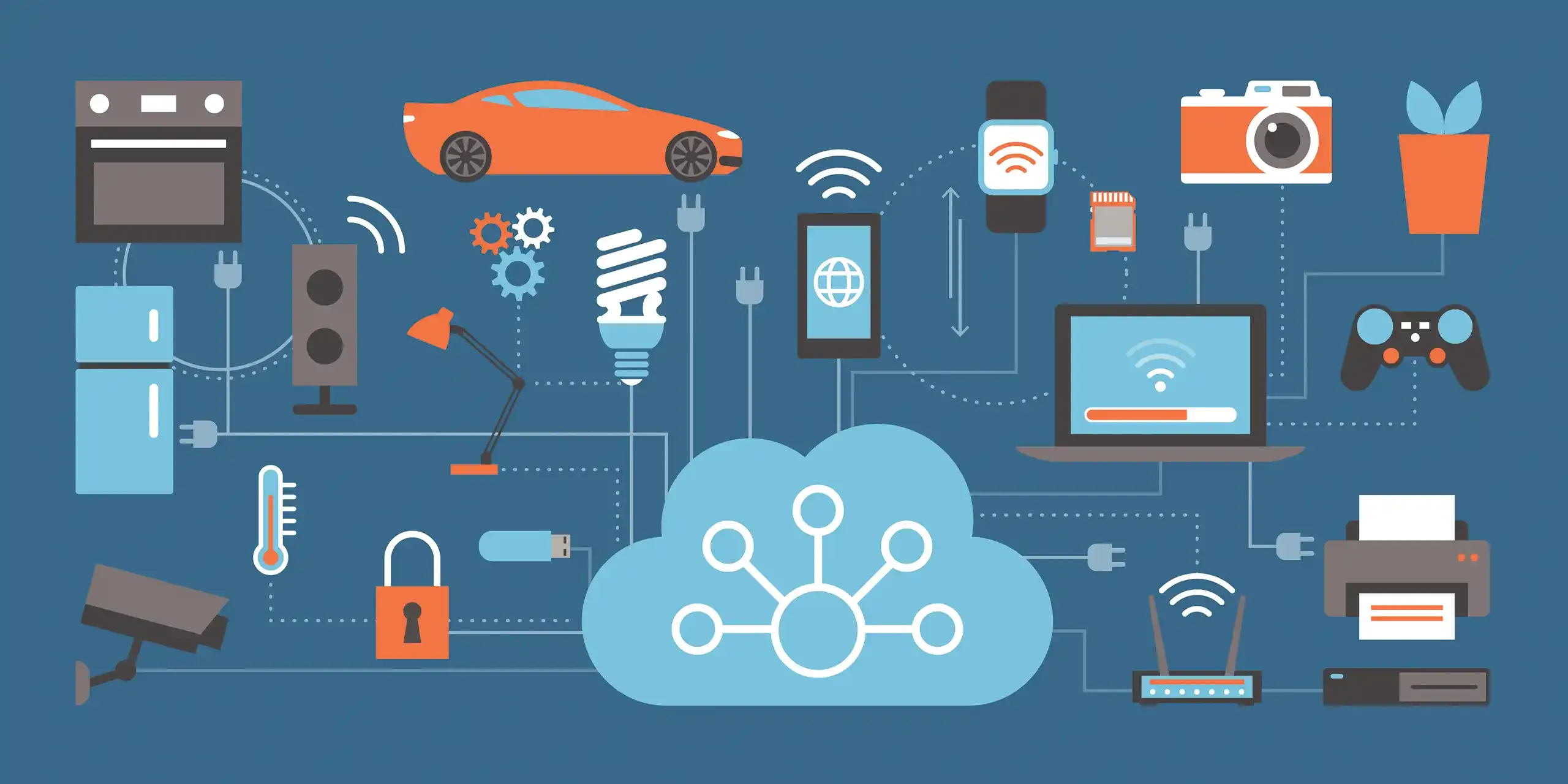THE INTERNET OF THINGS: How it can help deliver safety in social housing
 This article first published by the AHI https://www.theahi.com.au/the-internet-of-things-how-it-can-help-deliver-safety-in-social-housing
This article first published by the AHI https://www.theahi.com.au/the-internet-of-things-how-it-can-help-deliver-safety-in-social-housing
DONALD PROCTOR
Industry veteran Donald Proctor, has over 30 years of experience—including roles as Director Asset Operations Housing NSW, General Manager Property at Mission Australia, and a past president of the Australasian Housing Institute
Bridge Housing has introduced state-of-the-art, remotely monitored smoke alarms, merging nearly 30 years of safety innovation with modern IoT technology. Donald Proctor explains the approach in his consulting capacity with SENSOR GLOBAL.
The housing profession has seen numerous game-changing events over the decades, both inside and outside the property portfolios we manage.
One of these was the introduction of smoke alarms to provide an early fire warning for residents in their homes. The NSW Department of Housing led Australia in introducing smoke alarms to its portfolio in the 1990s. Others swiftly followed with legislation that required alarms in all Australian homes.
Another game-changer, similarly in the 1990s, was the communications revolution, with mobile phones and the internet fundamentally changing how we live and work.
It is perhaps surprising that it’s taken until the 2020s to join up these two innovations.
Smoke alarms + the internet = safer social housing
This time, it is Bridge Housing, a Tier 1 CHP that is leading the industry by installing remotely monitored smoke alarms in its properties in Sydney. The smoke alarms are connected wirelessly to a hub in the home that is in turn connected through the mobile phone network and internet to staff members’ phones, tablets and PCs.
“Nominated Bridge Housing staff can, at any time, see a dashboard that confirms each connected smoke alarm in the portfolio is working, or pinpoint if any alarm is malfunctioning.”
Nominated Bridge Housing staff can, at any time, see a dashboard that confirms each connected smoke alarm in the portfolio is working, or pinpoint if any alarm is malfunctioning. The system is set so that immediate notification is sent to a staff member if an alarm goes off or if the detector has been tampered with.
Furthermore, the alarms are tested remotely, removing the cost, hassle and intrusion on the tenants from physical inspections requiring scheduling, phone calls, waiting for contractors to arrive and dealing with the inevitable non-access issues.
The system is designed by local company SENSOR GLOBAL to be failsafe. The hub and smoke alarms have back-up batteries in case of power outage and work independently of the tenant’s Wi-Fi. If any part of the system stops functioning, a notification is sent.
“Tenants are now protected 24/7, 365 days per year, rather than relying on a once-a-year contractor inspection.”
Theo Posumah, Bridge’s Director of Assets, says the new smoke alarms give him peace of mind that tenants are now protected 24/7, 365 days per year, rather than relying on a once-a-year contractor inspection. Operations staff can now turn their attention from appointment management to customer service delivery.
When all smoke alarm costs are accounted for – including procurement, organising, scheduling and problem-solving around inspections, post-inspection QA and processing invoices – indications are that remotely monitored and tested smoke alarms will provide significant savings over time.
Where is the IoT heading in the social housing space?
Andrew Cox, SENSOR’s Chief Executive Officer, explains that smoke alarms are just the start of the Internet of Things (IoT) revolution in housing safety, compliance and predictive property care.
The SENSOR hub is capable and ready to connect with many devices including heat detectors, water leak detectors and shut-off valves, carbon monoxide and gas leakage detectors, and movement detectors for vacant dwellings.
“The industry will drive its own outcomes by clearly articulating the problems they are trying to solve and working with us.”
“The industry will drive its own outcomes by clearly articulating the problems they are trying to solve and working with us,” Andrew says. “This will drive the product design and functionality we will build, to help the sector enhance safety and be more compliant.”
“This dialogue has initially led to the fast-tracking of the heat detection sensors to help with early detection of issues with lithium ion batteries overheating and causing devastating fires.”
If this kind of connected technology was around when the regulations were initially written, it’s likely it would be required now by law.



